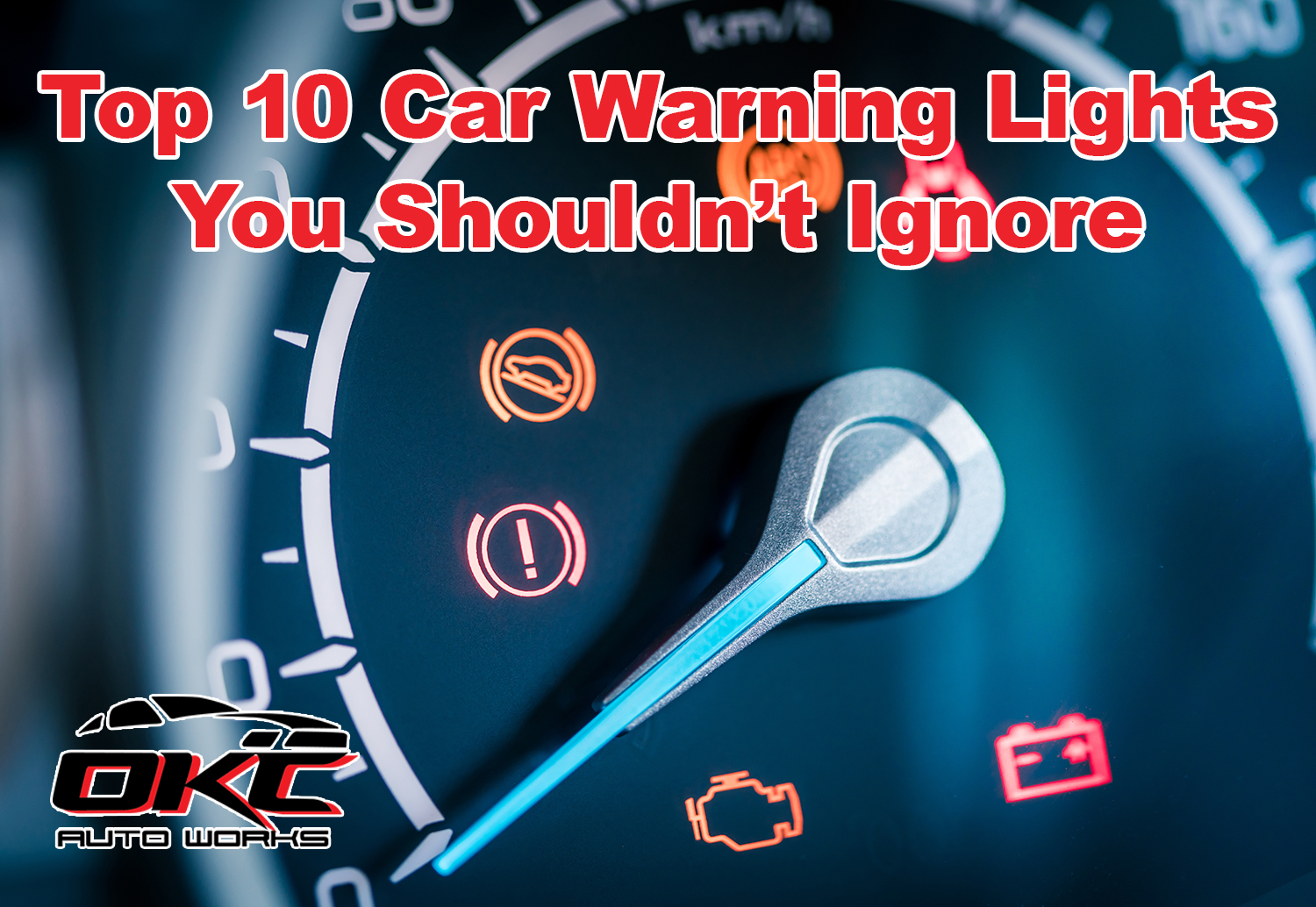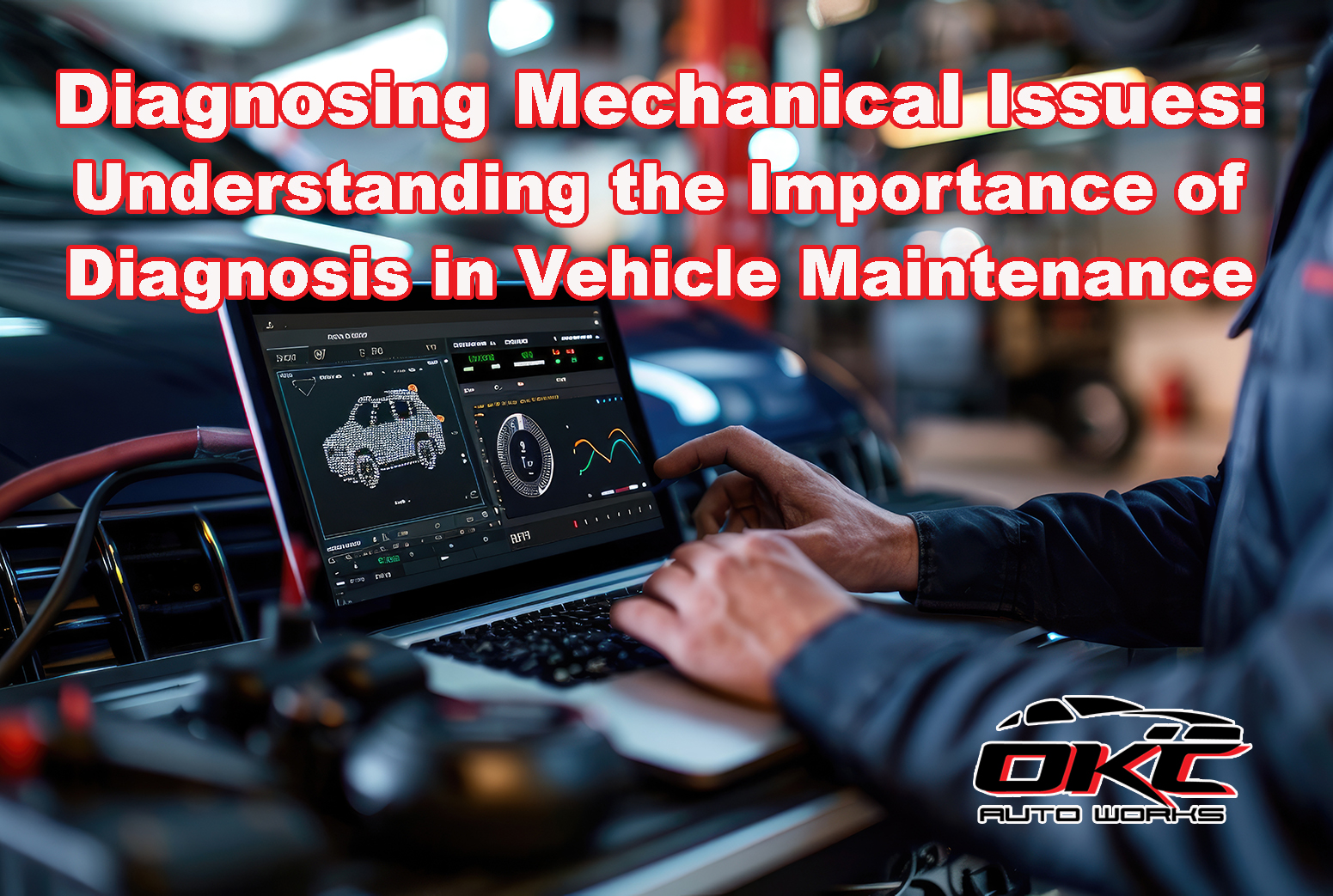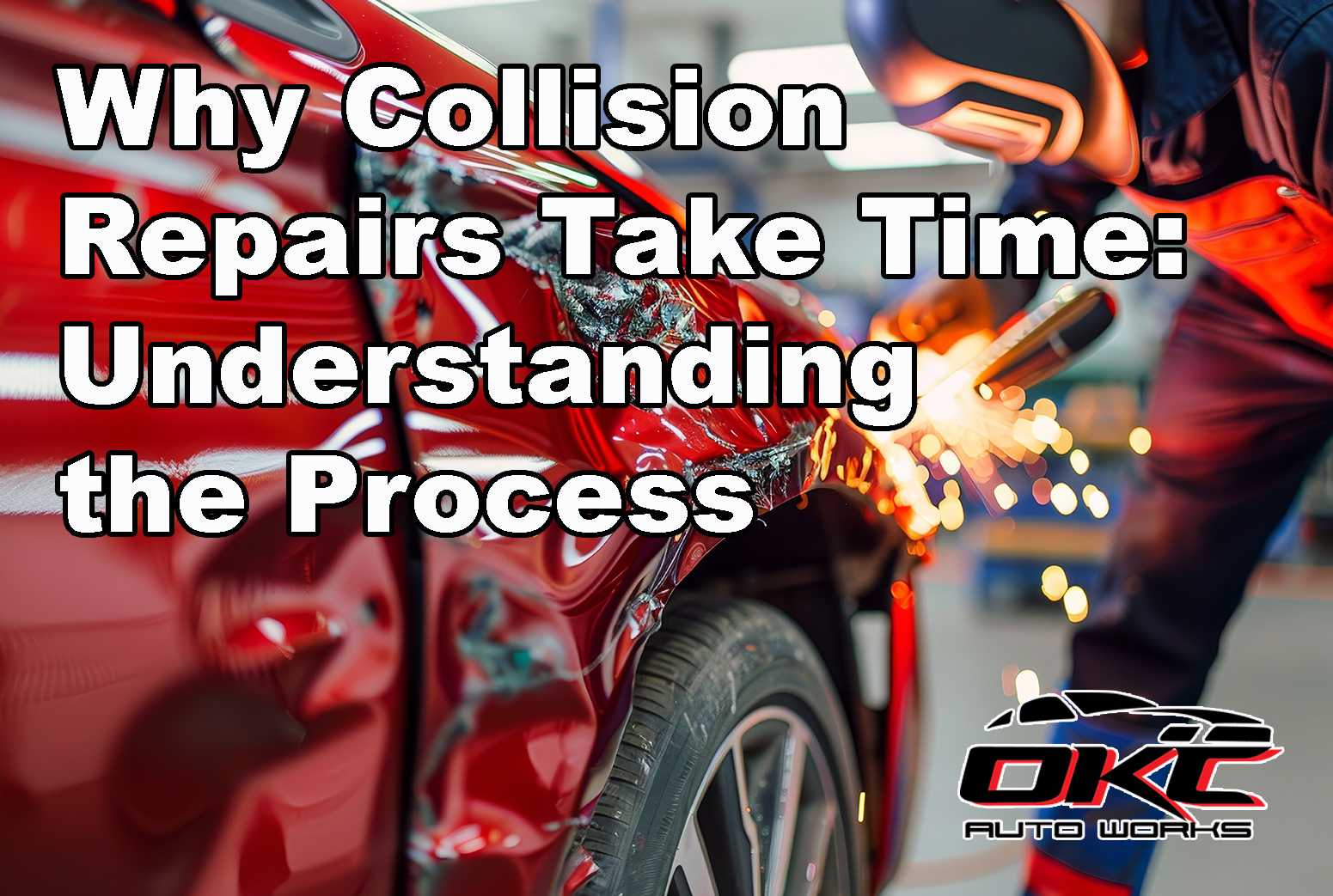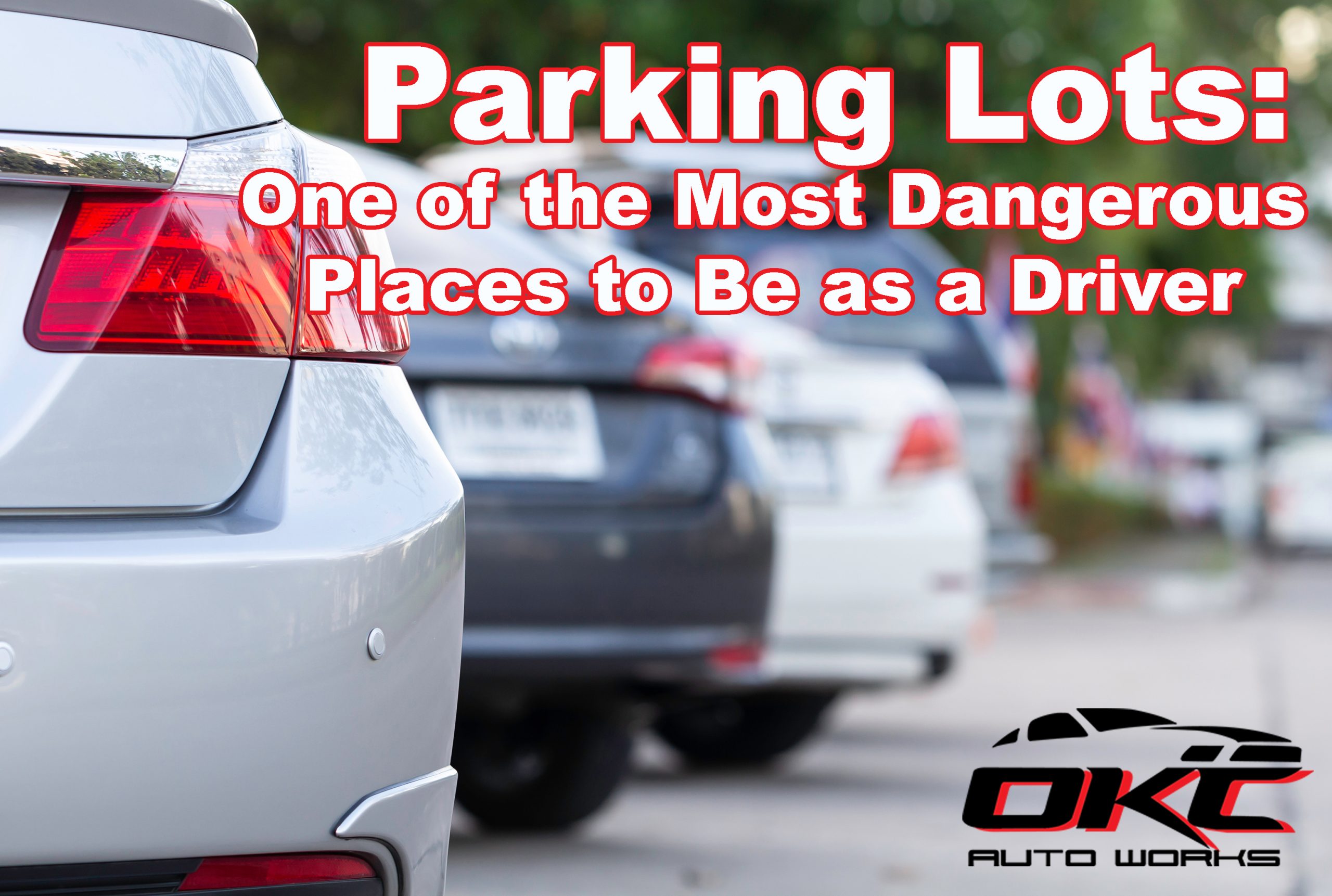Car warning lights often come at the worst times. You’re late for work, or school, or an appointment; you’re in a hurry, have to pick up the kids, or meet a friend. STOP. Ignoring a car warning light can cost hundreds of dollars in repairs. Wouldn’t it be smarter to just drive into your friendly local automotive shop and have it checked out?
In a car survey done by HPI, a British vehicle data company, it was discovered that approximately 96% of car drivers don’t know what a brake warning light looks like, and drivers age 18 to 24 take an average of ten days to take their car to the shop. Modern vehicles are like massive computers with high level sensors and system monitoring. That is why it is so important to pay attention to your warning light – before the computer shuts down your engine.
Here are the top ten warning lights to know – and if you can’t recognize them, check your manual.
- Engine – The check engine light is one of the most common aside from the low fuel light. Unlike most lights, the check engine light can indicate a variety of issues such as faulty spark plugs and wires, bad oxygen sensors, loose gas cap, malfunctioning mass air flow sensor, worn oxygen sensor or catalytic convertor problem. This warning light is signaling that a critical engine component is failing or is already damaged. If the light is steady, it is not critical but you should check it as soon as possible. If it is flashing, this indicates a severe issue that may require immediate expert assistance. According to AAA, ignoring an engine warning typically costs over $1000.
- Brake – This critical feature of any vehicle can indicate several different problems. The first potential problem is the emergency brake is still engaged while you’re attempting to move forward or backward. First, check to make sure it’s released all the way. Next, it could indicate you’re low on brake fluid. The more serious reason you may see a brake warning light is because your brake pads are worn. When the brake pads wear away, it exposes a sensor and new pads should be installed immediately. Lastly, this warning light could indicate an issue with your ABS, or automatic braking system. If this is the problem, you have a serious failure that should be addressed immediately. If both brake system and ABS indicators are on, you should pull over right away.
- Coolant Temperature – If you see this warning light, it means the car’s temperature is at an unsafe and extreme level. If you’re driving, turn the car off right away and allow it to cool. Inspect the coolant levels and if it’s low, top it off to the appropriate level; if you’ve recently filled it, it could indicate a leak. This light also means you should check your radiator cap and fan to insure proper functioning. It is important to maintain coolant levels in hot weather, since it regulates the car’s temperature. Overheating can cause smoke to come from the engine, and in the most extreme temperatures, failing to turn off the engine can weld individual parts together.
- Oil Pressure – This warning light tells you when there is low oil pressure, low oil levels or if the oil is too hot. Oil is critical to lubricate the engine’s different components to insure a smooth operation. Maintaining oil components, such as flushes and filters, and refilling when necessary, can help avoid problems. Operating a vehicle low on oil can result in very expensive damage to the engine, and can cause it to stop at random. If you fill your oil and the light stays on, this generally indicates a more critical situation.
- Battery – The battery light is often the one that comes on when you start your automobile, but then goes off after a few seconds of running. If it stays on, it could indicate a problem with the vehicle’s electrical system, which can cause the engine not to receive proper power. When the battery charging levels are low, it can indicate deterioration of battery terminals, bad alternators, faulty cables or a defective drive belt, meaning the battery needs to be replaced. When this light appears, drive to a safe location (home or your local auto shop) rather than pulling over, because turning of the engine can cause it to stall. Charge or replace as appropriate.
- Airbag – This is a light most people won’t recognize, but airbags are one of the critical components in case of an accident. This light indicates that one or more of your airbags may not deploy properly, or won’t engage at the proper time. Have the vehicle checked to ensure they are working properly, and if the dashboard light still appears, it can indicate a faulty clock spring.
- Transmission Temperature – Transmission temperature is similar to coolant in that it indicates an extreme temperature that can affect the engine. This warning light indicates the transmission temperature has reached a dangerous level and is close to overheating. First, allow the car to cool down. Then, examine the coolant and transmission fluid levels. Fill the liquid to the recommended line and check for radiator and hose leaks as well. However, if you are inexperienced, take it to your local mechanical team and the experts do the job.
- Tire Pressure – The tire pressure monitoring system can sense when the tire pressure is low. For example, if you run over something sharp and the pressure decreases, the light comes on to alert you to the problem. It can also sense things like extreme wear on the tire or very cold weather. It is critical to maintain tire pressure levels in all four tires because they are the point of contact between the road and your vehicle. When problems occur involving tire pressure, it can form an unstable contact with the surface, and the worst-case scenario is an accident. If the warning light appears while you’re driving, hold the steering wheel tight to brace for a possible blowout and pull to the side of the road as soon as possible. Check the vehicle’s manual and inflate the vehicle’s tires to the appropriate PSI, or pound per square inch.
- Power Steering – If the power steering warning light comes on, pull over immediately! If the power steering system crashes in your automobile, it can be challenging to steer and turn. You may not even be able to move the steering wheel at low speeds, which can be very hazardous if you must change lanes, or when pulling off the road. When the light appears, make a safe exit and have the system checked for errors.
- Fuel – We are all guilty of ignoring this one from time to time, but the low fuel warning light is a crucial warning to give your attention. Low fuel can leave you stranded, and there is never a good time for that situation. It’s best to keep the gas tank topped off, rather than waiting for the low fuel light. This can help keep you safe in a variety of conditions or situations.
This list includes the top ten lights you shouldn’t ignore, but you should never ignore any warning light. Other indicators to become acquainted with include the engine start, fog lamp, high beam light, seatbelt reminder, service notice, traction control and traction control malfunction. Take the time to review your manual for these indicators and familiarize yourself with them. In the event something lights up, visit your mechanic team as soon as possible to avoid costly repairs in the long run. If you have a warning light and need a diagnosis, give OKC Auto Works a call. (405) 634-8200




